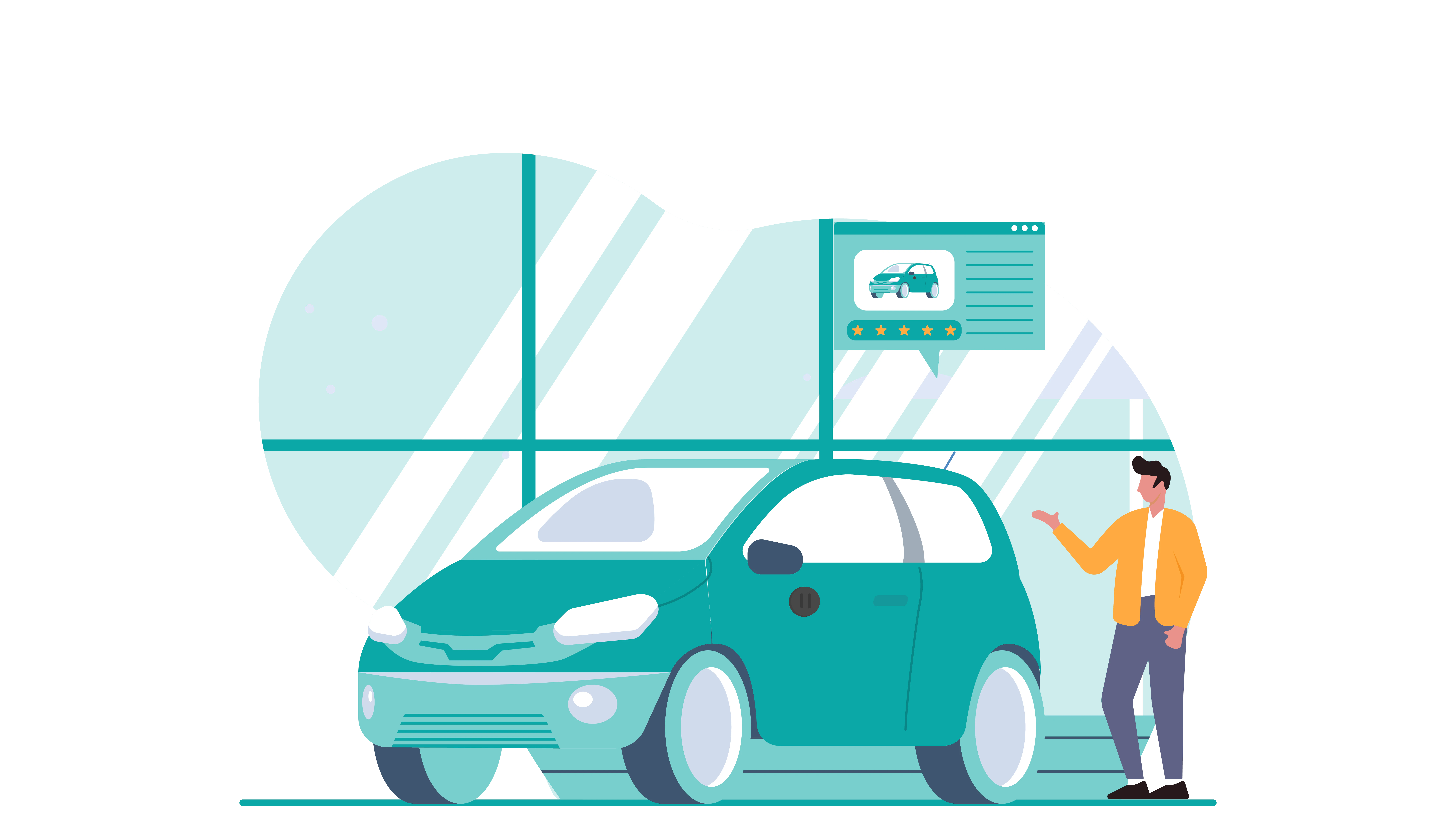Lets Meet
Pan European Car Leasing Company
Client
A leading European Car-as-a-Service industry, managing approximately 1.9 million vehicles across 29 countries worldwide. The company’s comprehensive business model encompasses purchasing, funding and managing new vehicles for its customers, delivering complete end-to-end services typically spanning contract durations of three to four years.
Within this large-scale operation, the technology infrastructure plays a critical role in supporting global operations, ensuring seamless service delivery and maintaining compliance with various regional regulations. The company’s digital transformation journey included migrating workloads to AWS and developing custom software solutions to enhance operational efficiency.
The technology landscape required robust cloud infrastructure, secure access management, automated compliance processes and specialized software to support the company’s unique business requirements across its international footprint.
Challenges
Prior to the implementation of advanced cloud solutions, the company faced several significant challenges:
- Fragmented Infrastructure Management: The absence of a standardized AWS landing zone made it difficult to maintain consistent security controls, cost management and governance across multiple teams and regions.
- Manual Compliance Processes: Change management and compliance verification relied heavily on manual processes, creating bottlenecks in deployment pipelines and increasing the risk of human error.
- Complex Access Management: Secure access to cloud resources and sensitive systems lacked automation and standardization, creating administrative overhead and potential security vulnerabilities.
- Siloed Development Environments: Teams working on different aspects of the platform faced integration challenges due to inconsistent development environments and practices.
- Limited Infrastructure Automation: The provisioning and configuration of cloud resources required significant manual intervention, slowing down the onboarding of new workloads and services.
- Unsustainable Artifact Management Costs: The company was spending millions annually on JFrog Artifactory licenses for artifact management, creating a significant financial burden that impacted the overall technology budget.
These bottlenecks impeded the company’s ability to rapidly deploy new features, maintain consistent security posture, efficiently scale operations across its global footprint and manage technology costs effectively.

Our Solutions
To address these challenges, a comprehensive cloud engineering and DevOps strategy was implemented:
- AWS Landing Zone Foundation: Designed and implemented a robust AWS landing zone architecture that provided standardized account structures, security controls, networking and monitoring capabilities. This foundation enabled consistent governance while allowing teams to deploy workloads efficiently.
- Infrastructure as Code Automation: Developed custom Terraform providers to automate infrastructure provisioning and management, ensuring consistency, repeatability and compliance with organizational standards across all environments.
- Secure Access Management: Built HashiCorp Vault plugins to enhance secret management and access control, providing secure, automated credential handling for applications and services across the platform.
- User Experience Enhancement: Engineered custom software solutions that improved the interaction between users and the platform, streamlining workflows and reducing friction in day-to-day operations.
- Compliance Automation Framework: Created a comprehensive change management and compliance framework using Go programming language, automating compliance checks and providing audit trails for all infrastructure changes.
- Cost-Effective Artifact Management Solution: Designed and implemented a self-hosted artifact repository solution to replace the expensive JFrog Artifactory implementation, maintaining all required functionality while dramatically reducing licensing costs.
- Cross-Functional Collaboration: Worked closely with various teams including security, operations and development to design and implement solutions that addressed specific business needs while maintaining architectural integrity.
The implementation approach emphasized scalability, security, operational efficiency and cost optimization, with solutions designed to accommodate the company’s global presence and diverse regulatory requirements.
The Results
The implementation of these cloud engineering and DevOps solutions delivered significant benefits:
- Accelerated Workload Onboarding: The standardized AWS landing zone reduced onboarding time for new workloads from weeks to days, enabling faster deployment of business capabilities.
- Enhanced Security Posture: Automated secret management and consistent security controls improved the overall security posture, reducing vulnerabilities and simplifying compliance with industry standards.
- Operational Efficiency: The automation of infrastructure provisioning and compliance checks reduced manual effort by approximately 70%, allowing teams to focus on value-adding activities.
- Improved Governance: The change management framework provided comprehensive visibility into infrastructure changes, simplifying audit processes and ensuring compliance with internal and external requirements.
- Dramatic Cost Savings: The replacement of JFrog Artifactory with a self-hosted solution reduced annual artifact management costs from 1.8 million of euros to approximately €100,000, representing a cost reduction of over 95% while maintaining all required functionality.
- Developer Productivity: Consistent environments and streamlined workflows increased developer productivity, reducing the time required to deliver new features and enhancements.
- Global Scalability: The solutions implemented supported company global operations, accommodating regional variations while maintaining a consistent core architecture.
- Optimized Technology Budget: The significant cost savings from the artifact management solution allowed for reallocation of budget to other strategic initiatives, enhancing the overall return on technology investments.
These improvements positioned the company to more effectively leverage cloud technologies for competitive advantage, supporting its leadership position in the Car-as-a-Service market while enabling continued innovation, operational excellence and cost efficiency.
